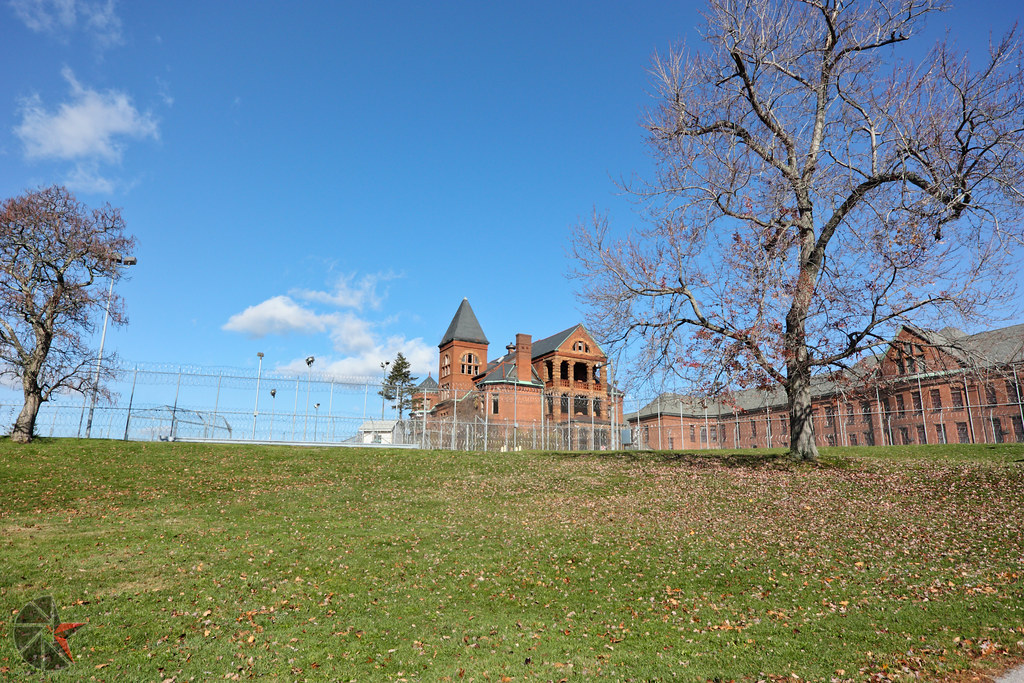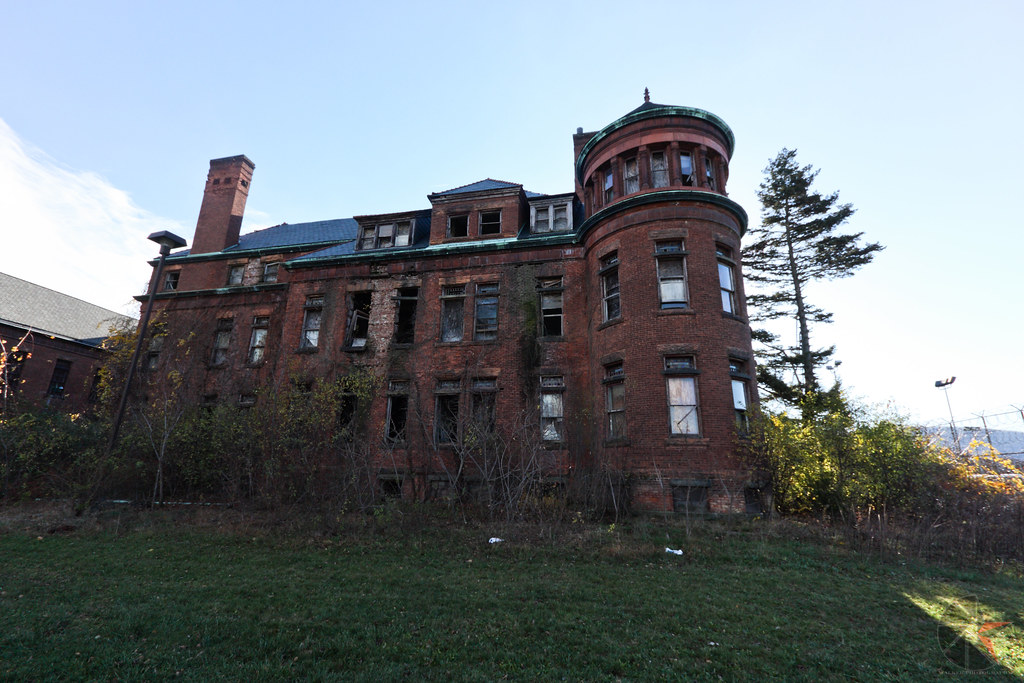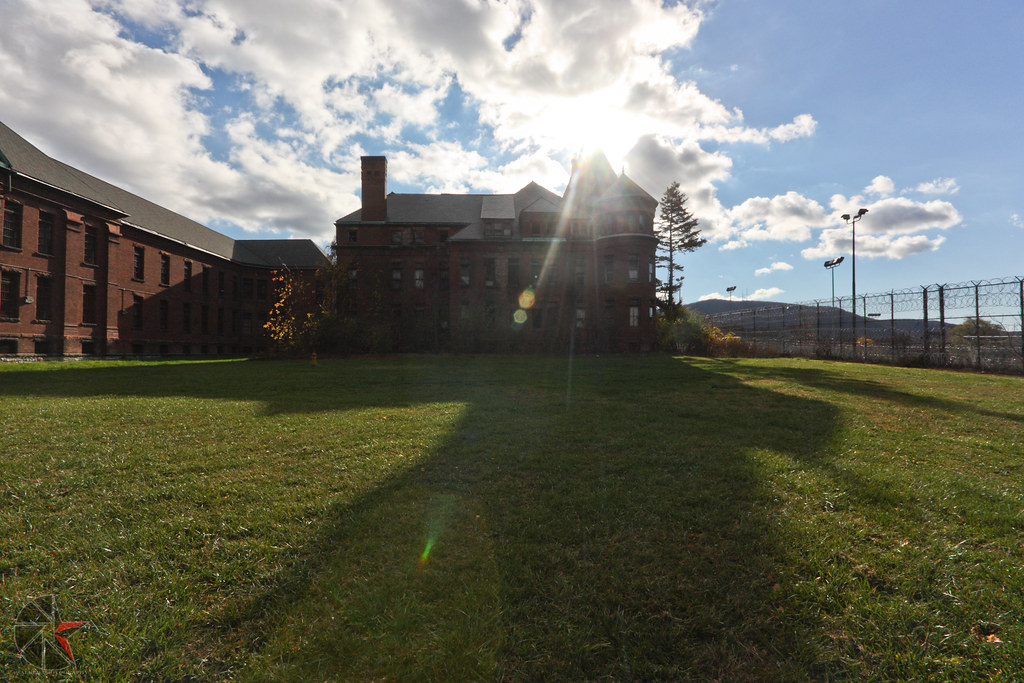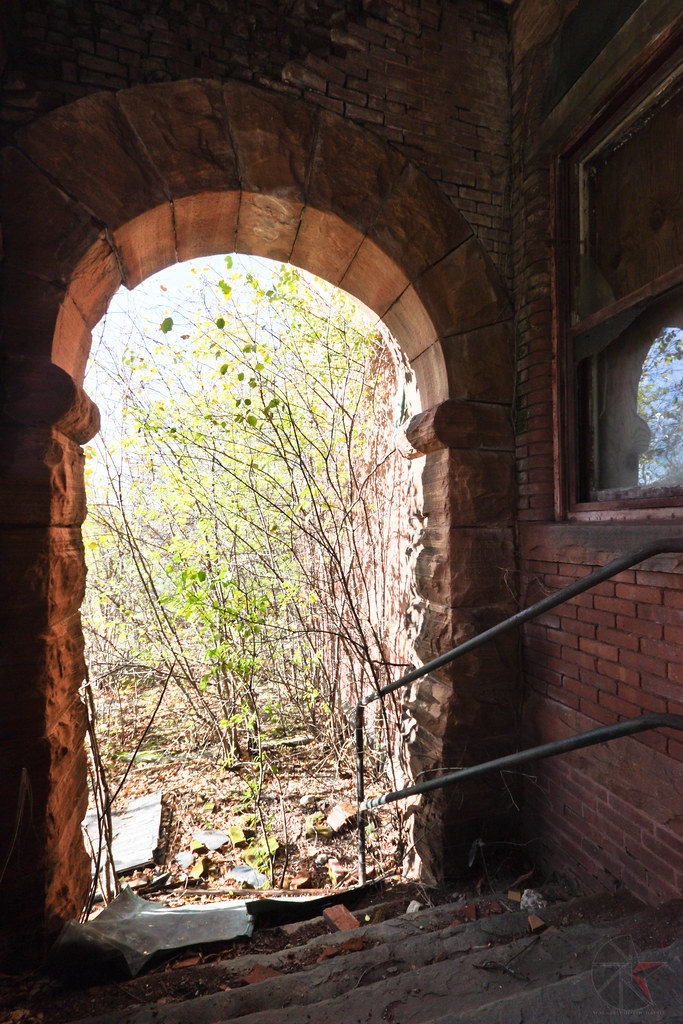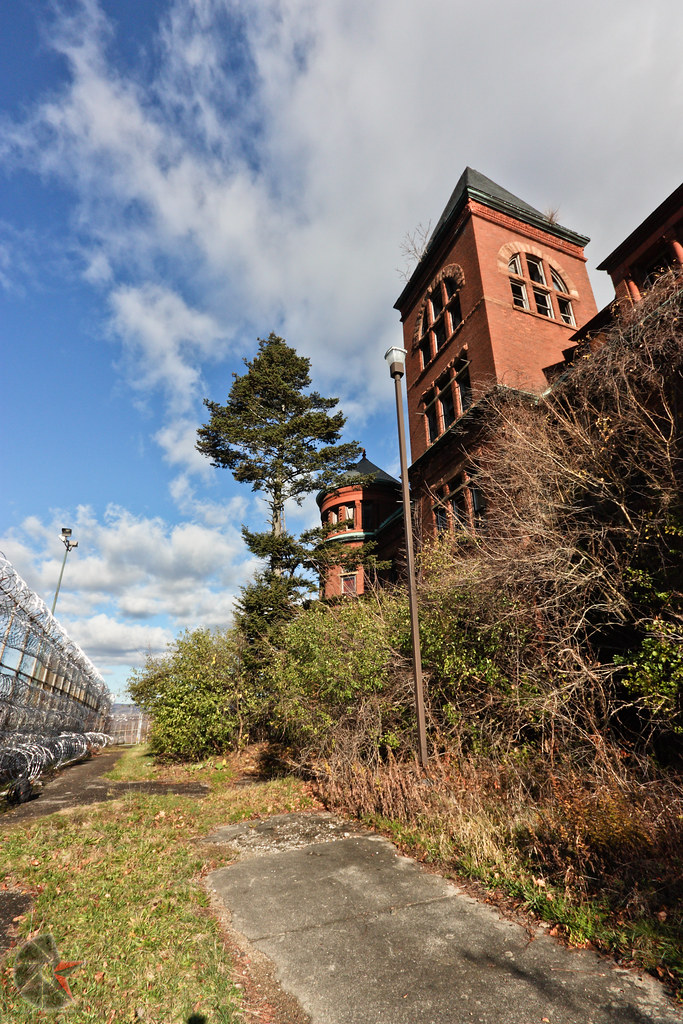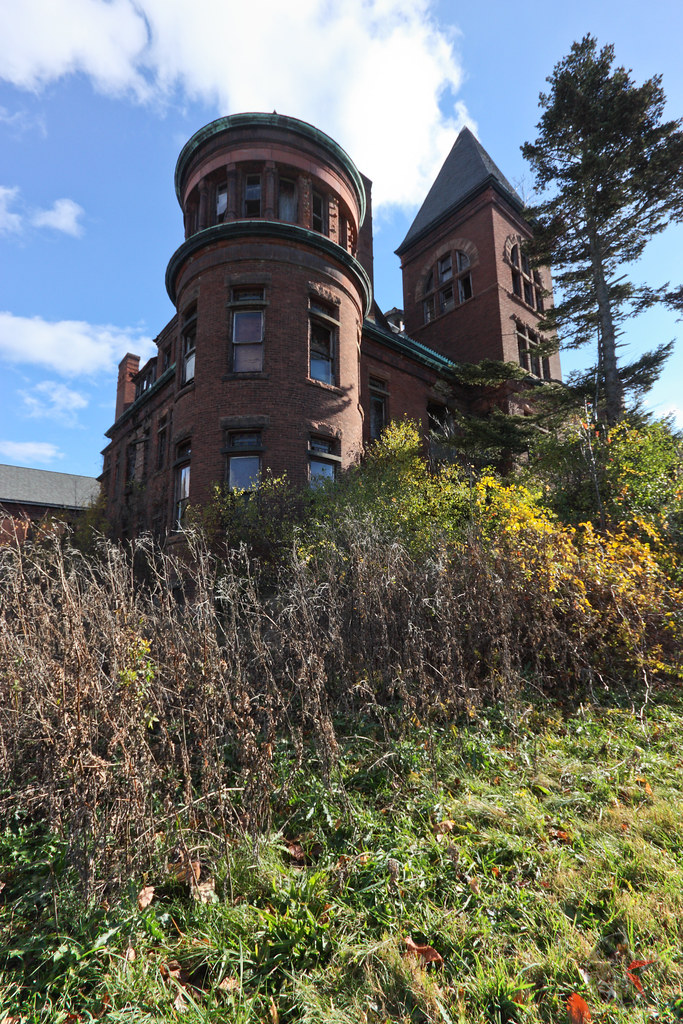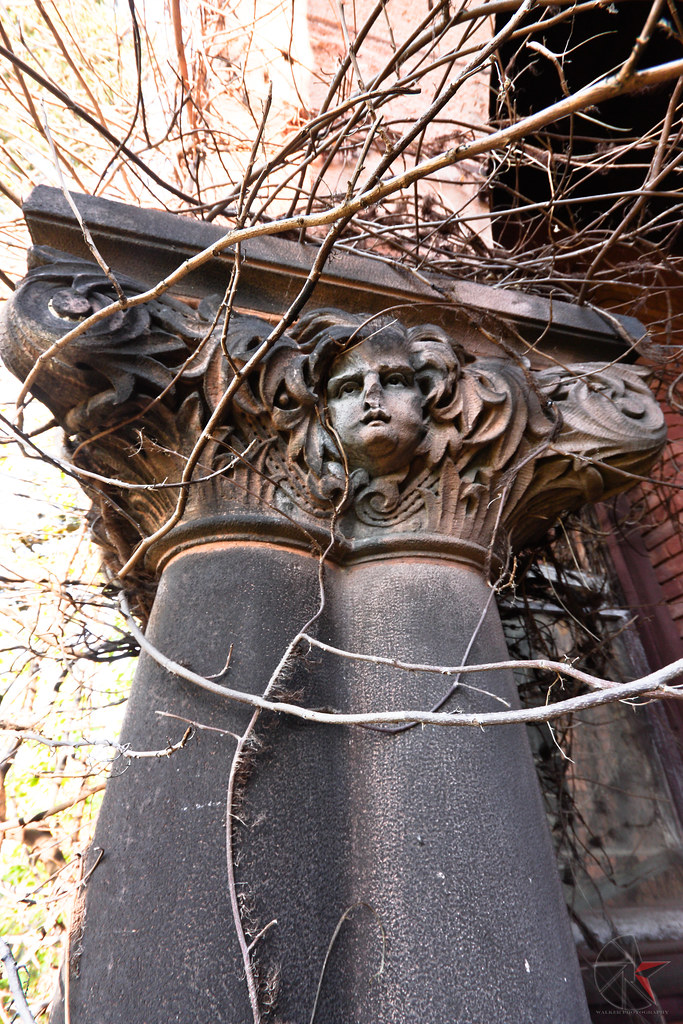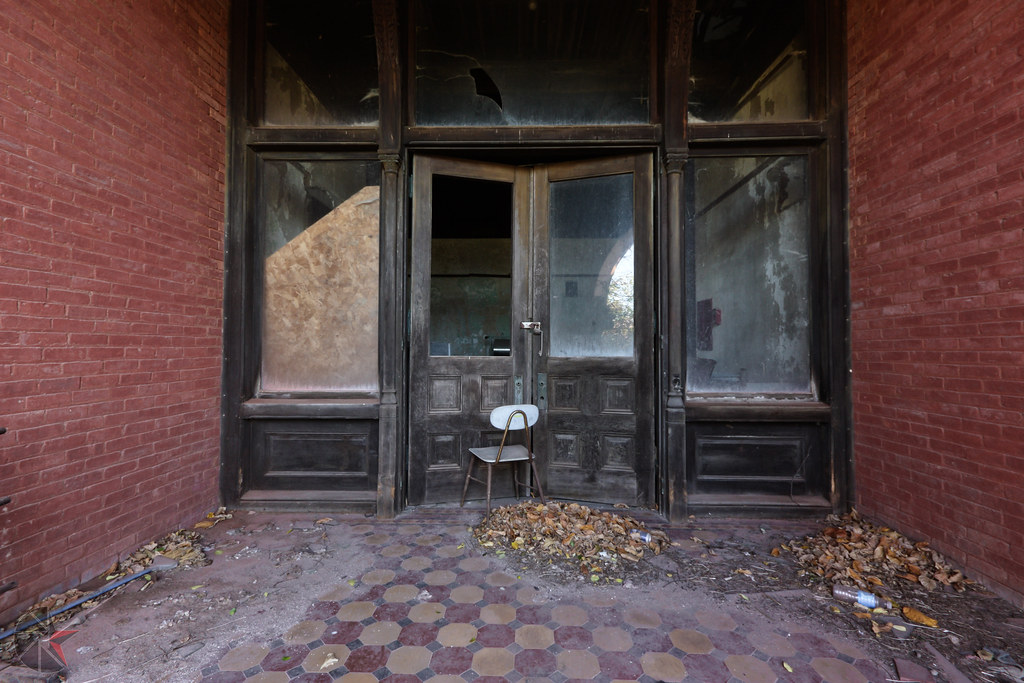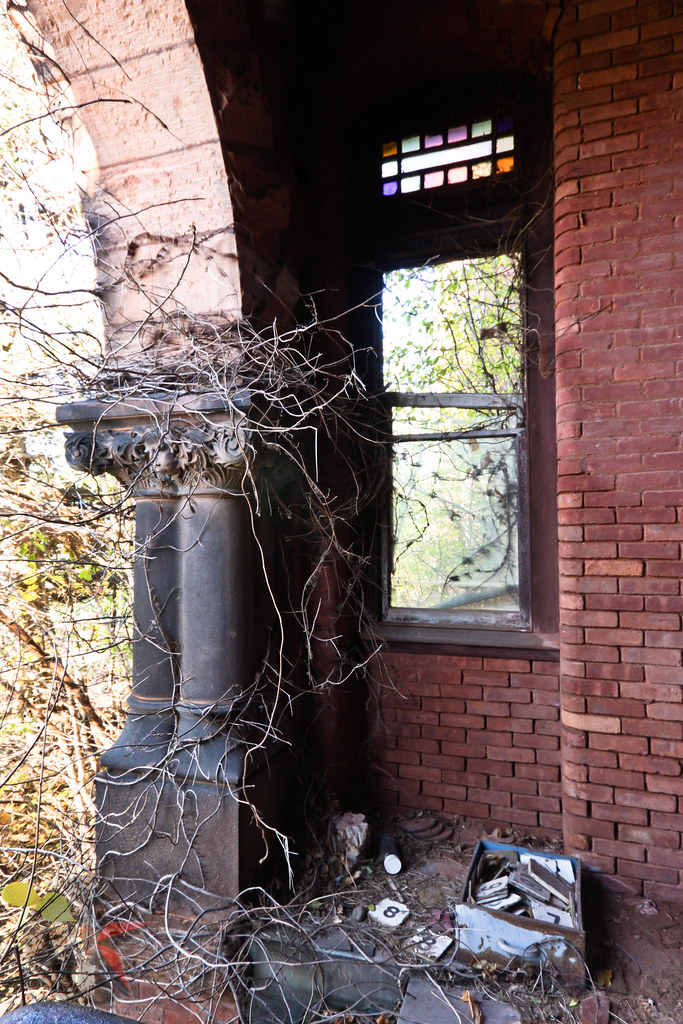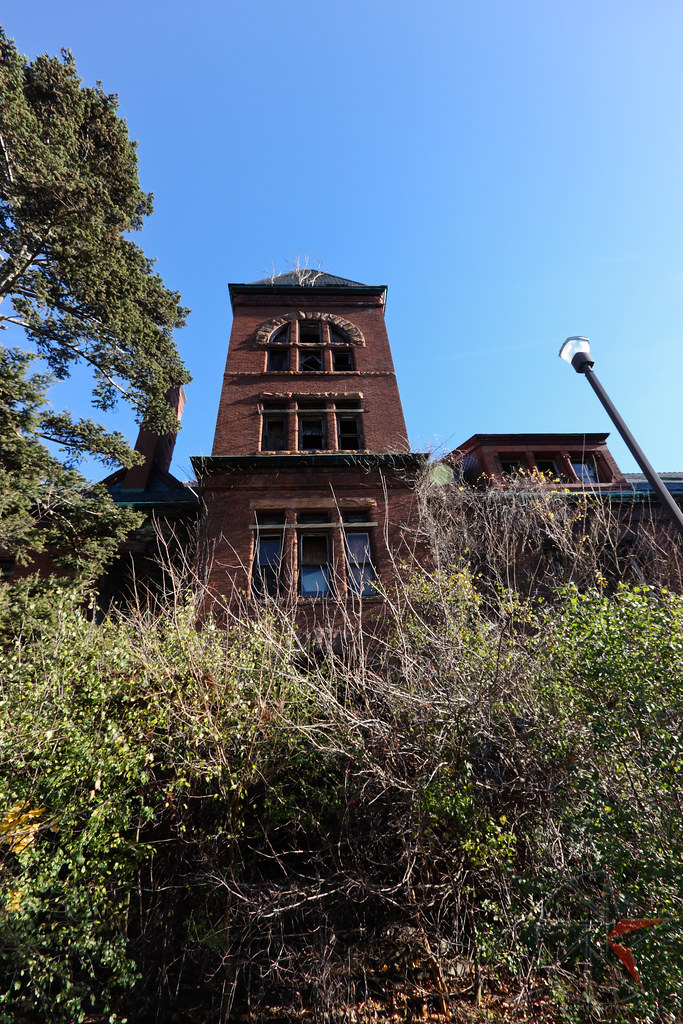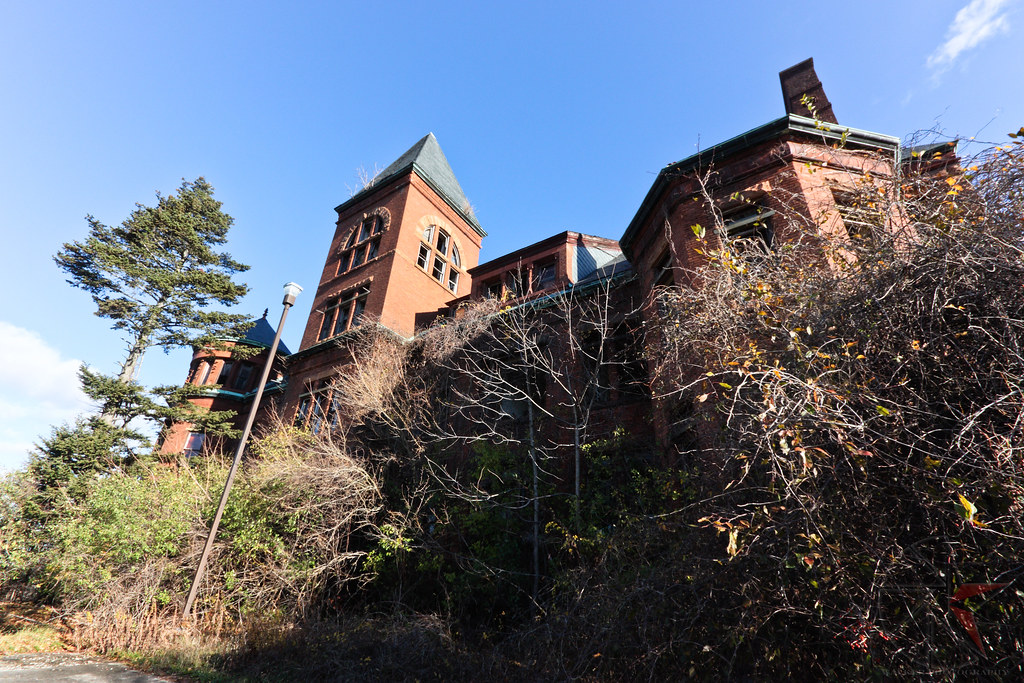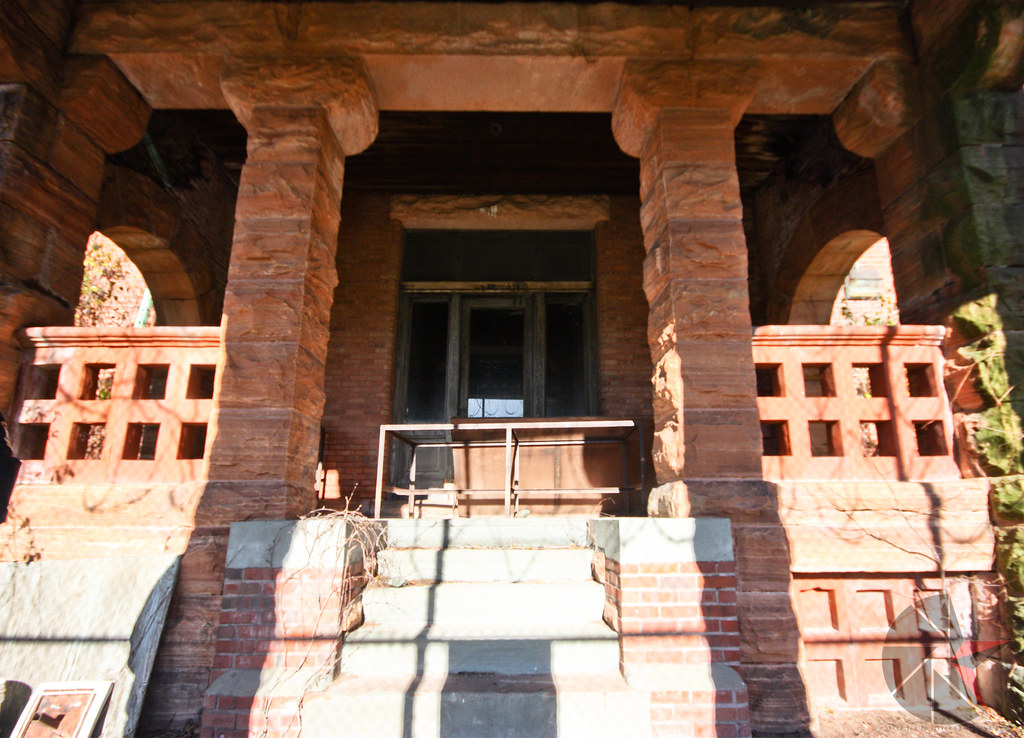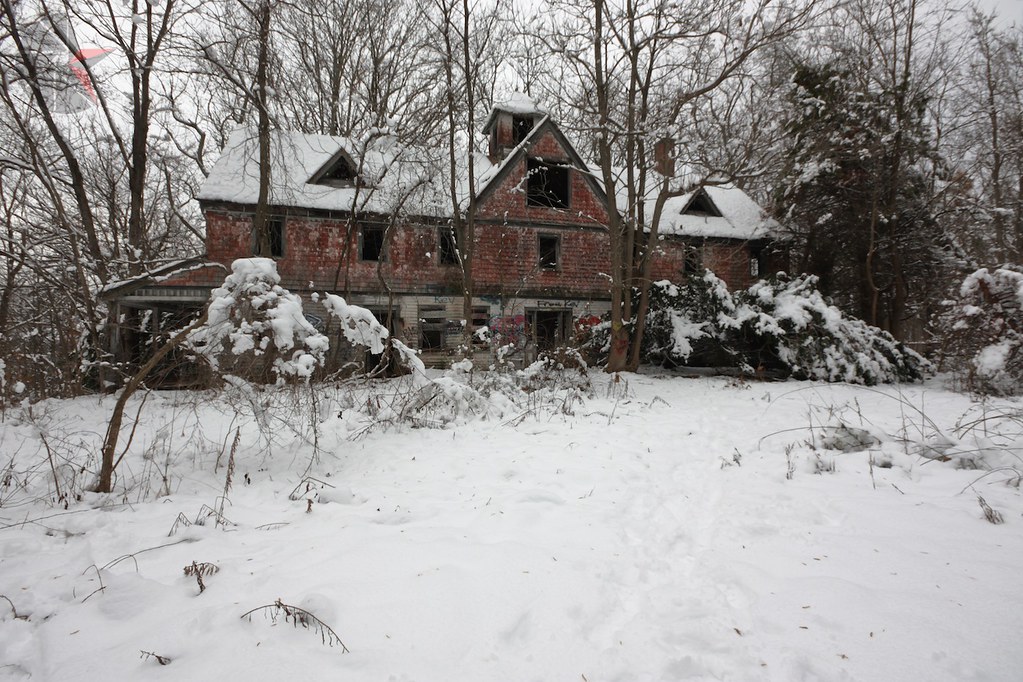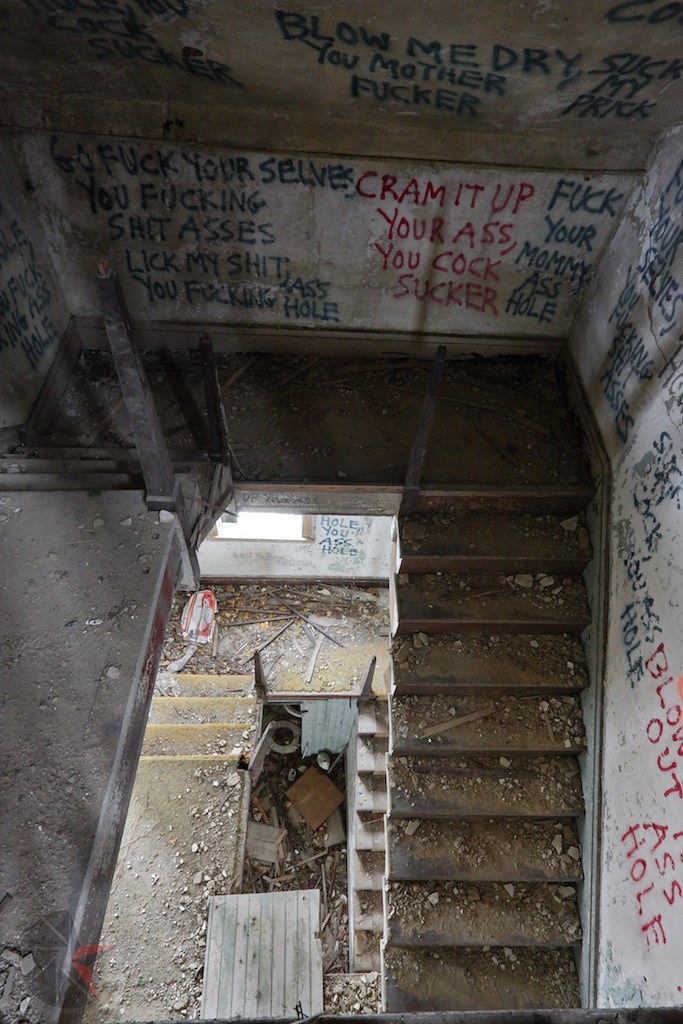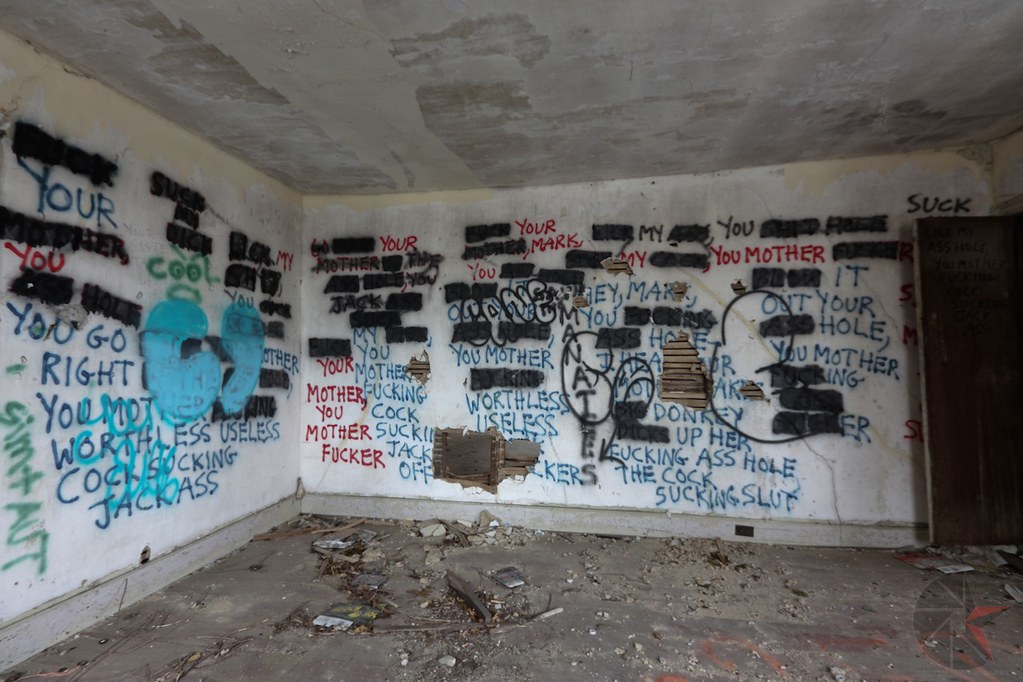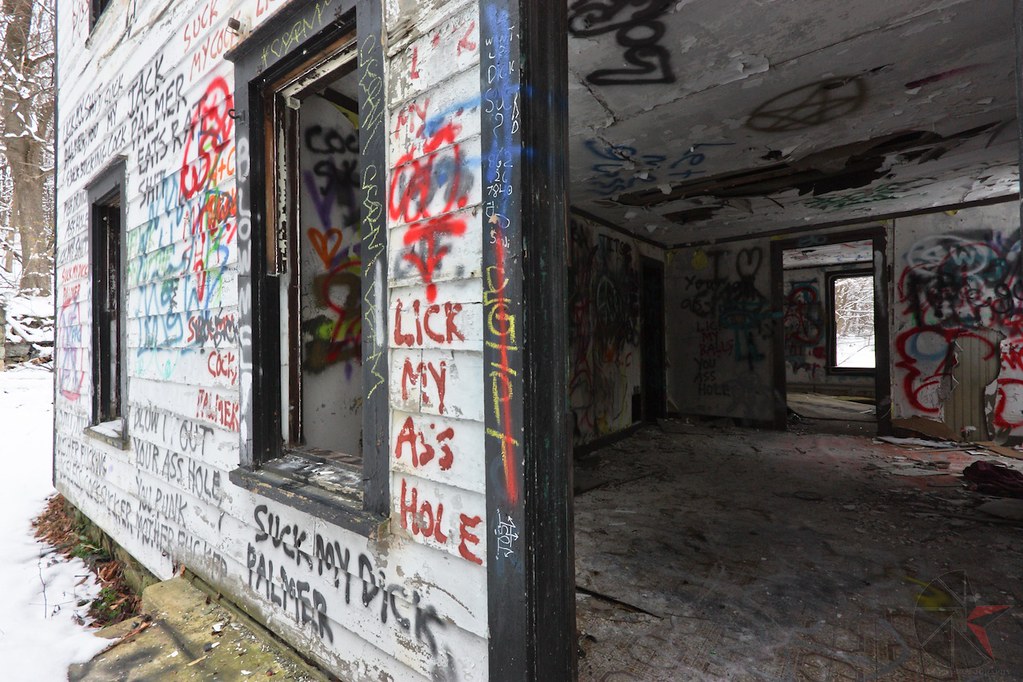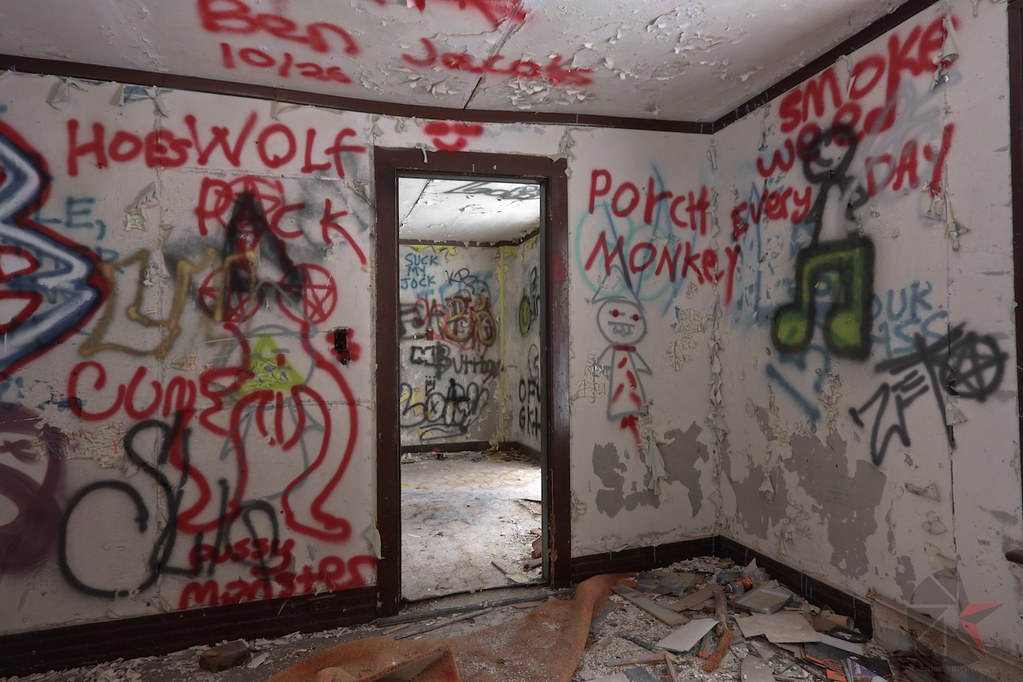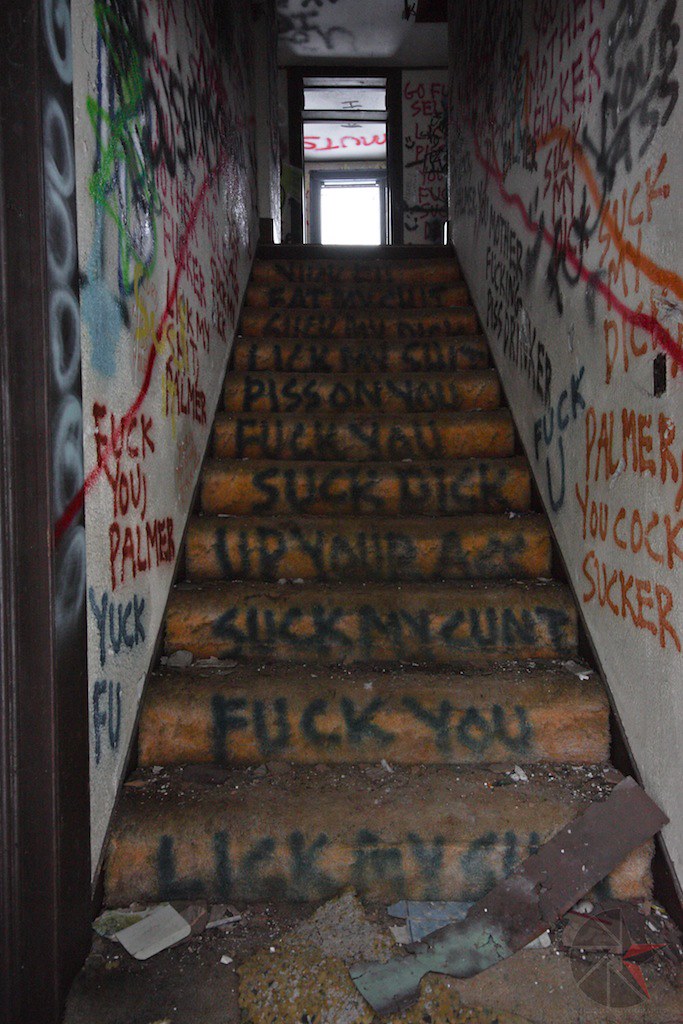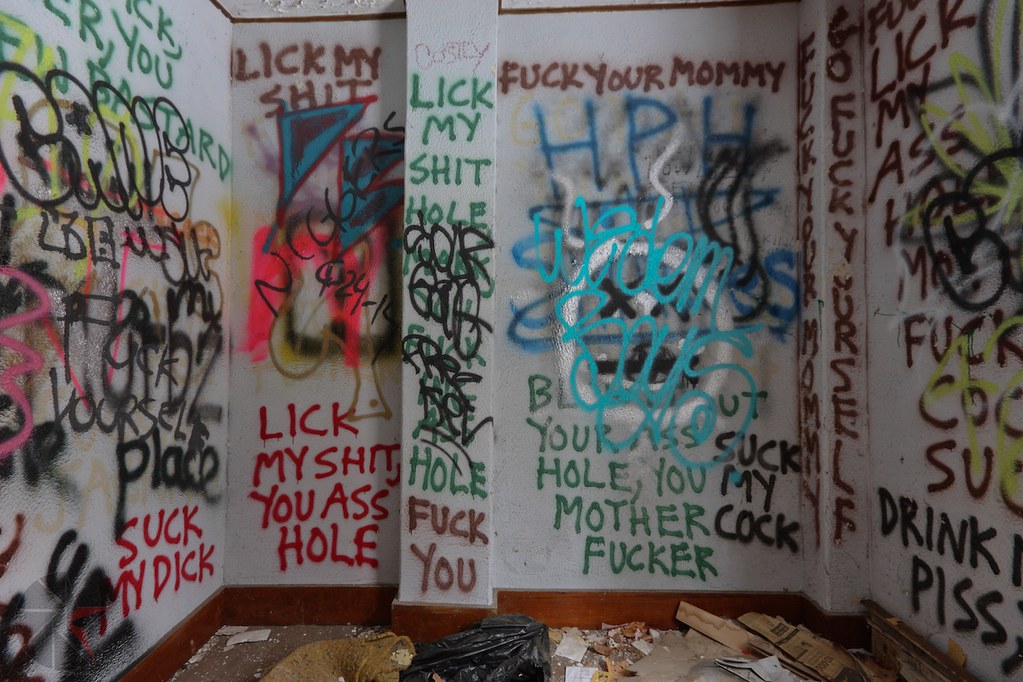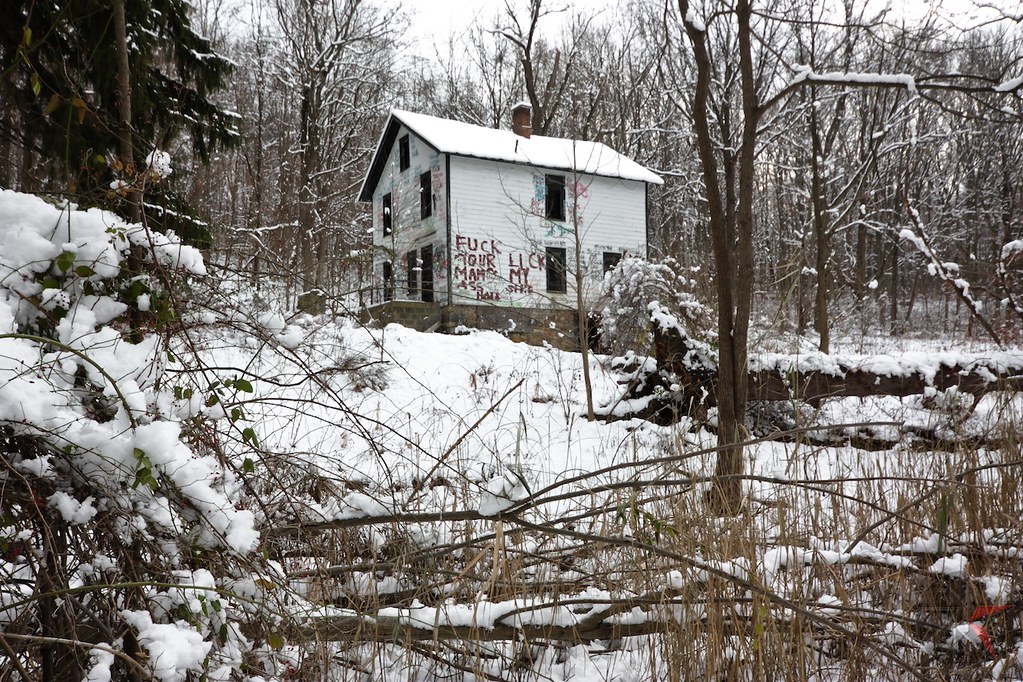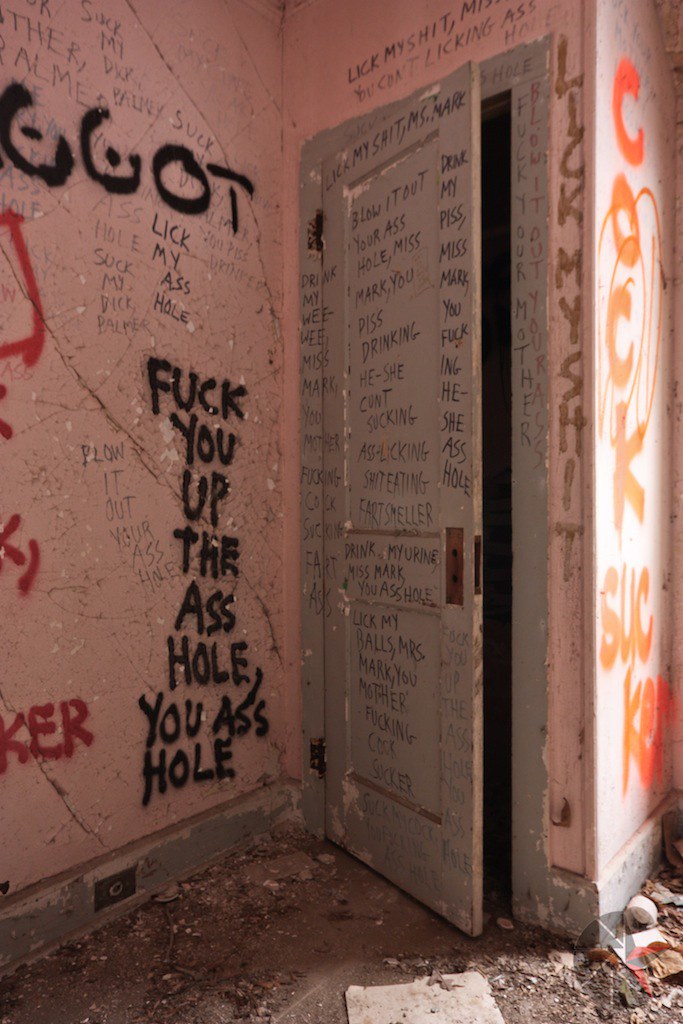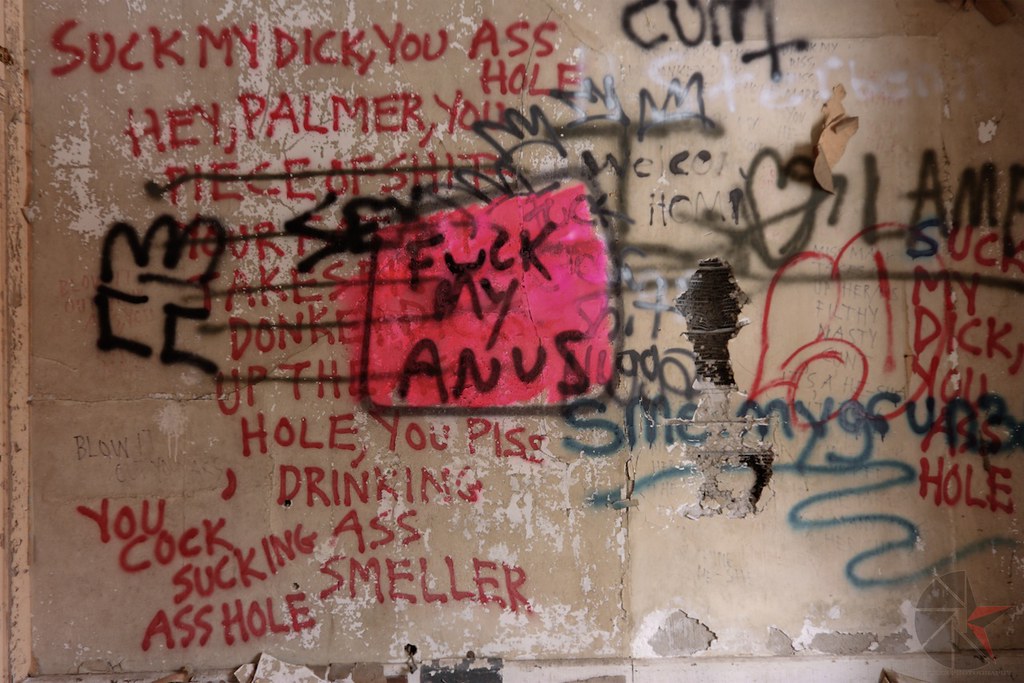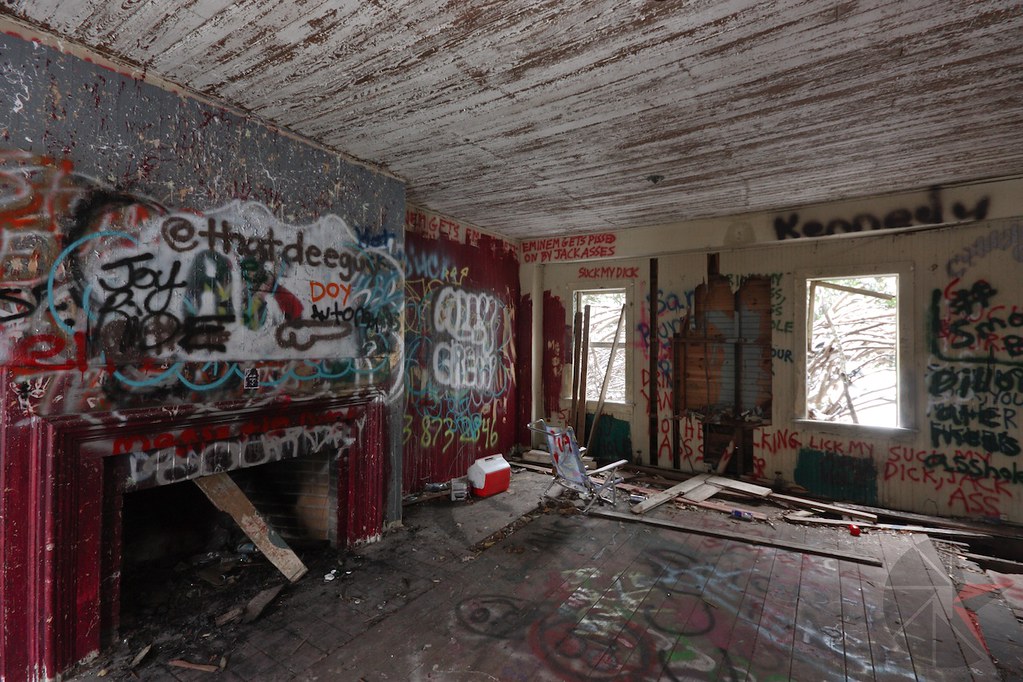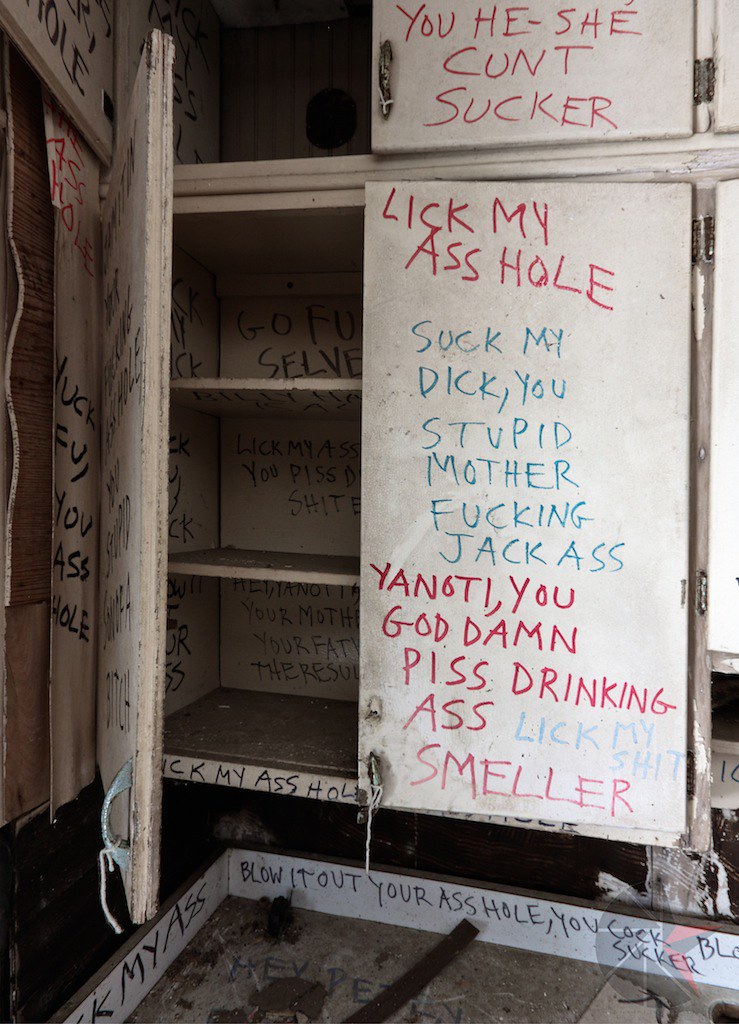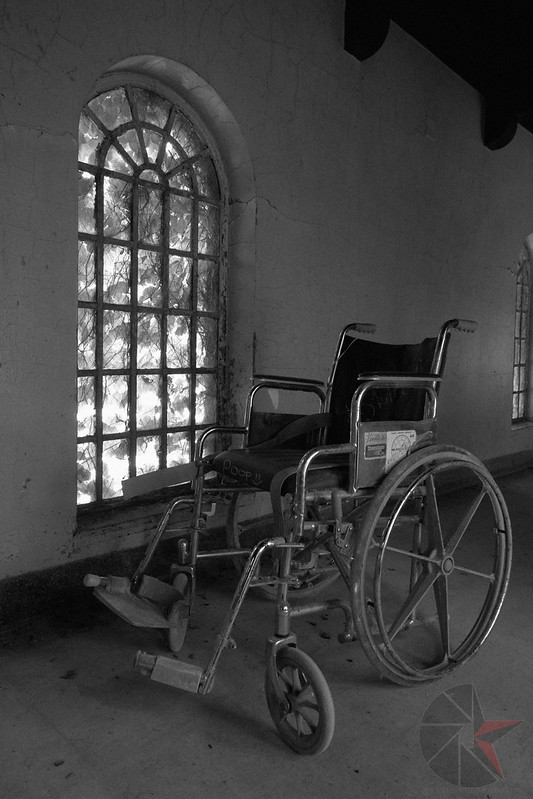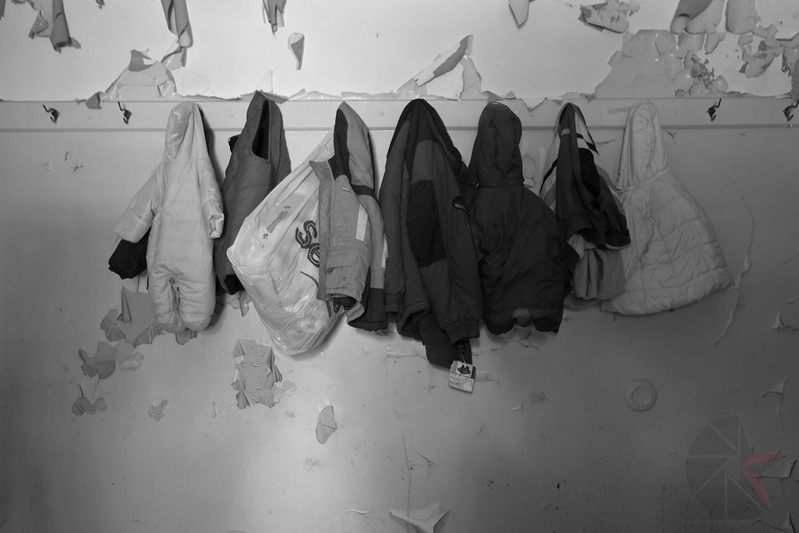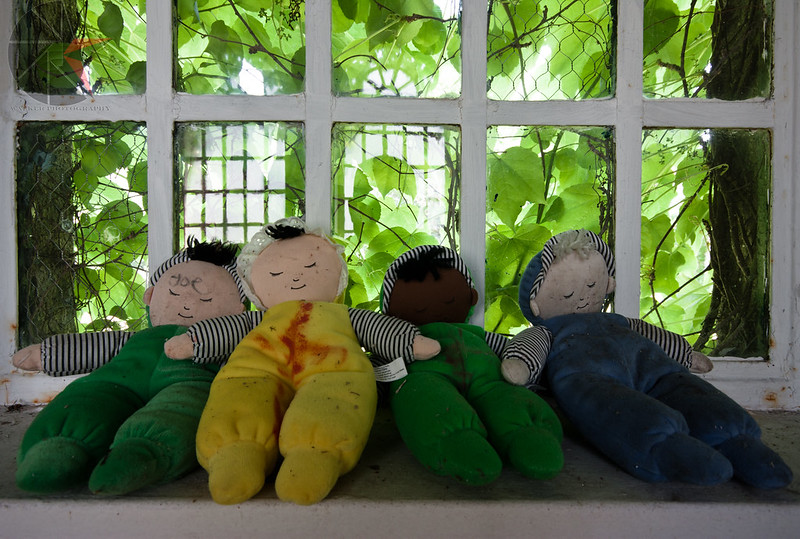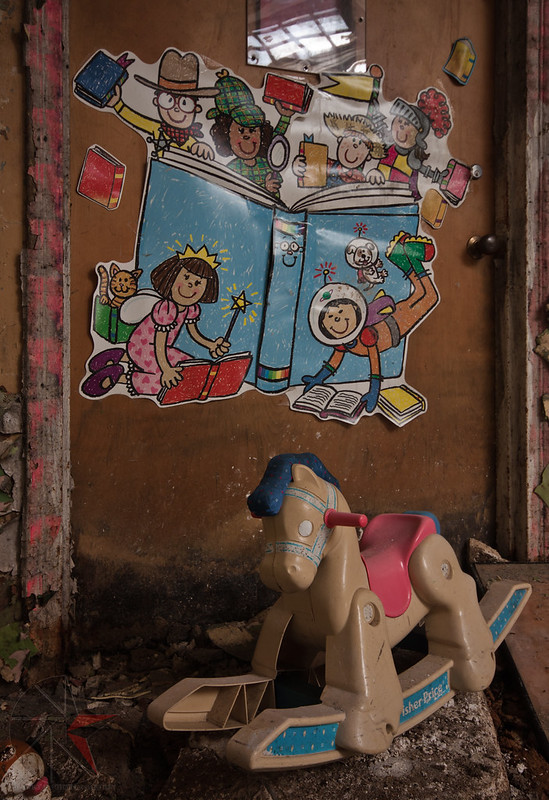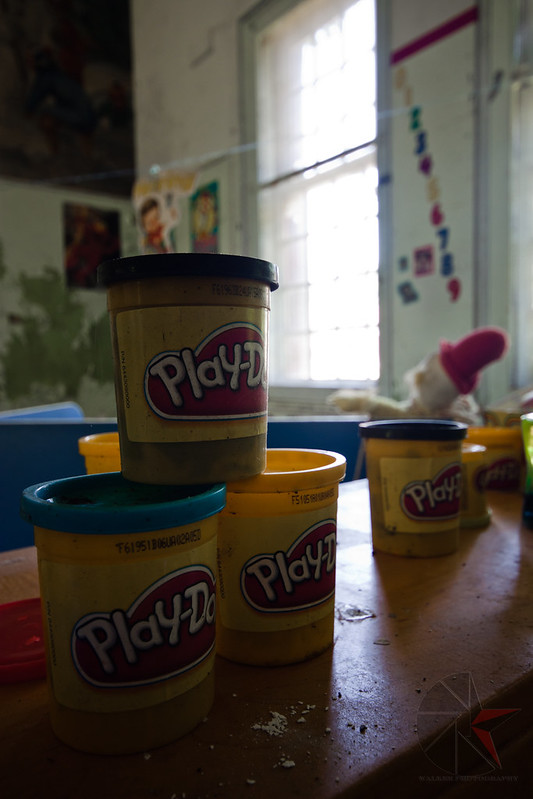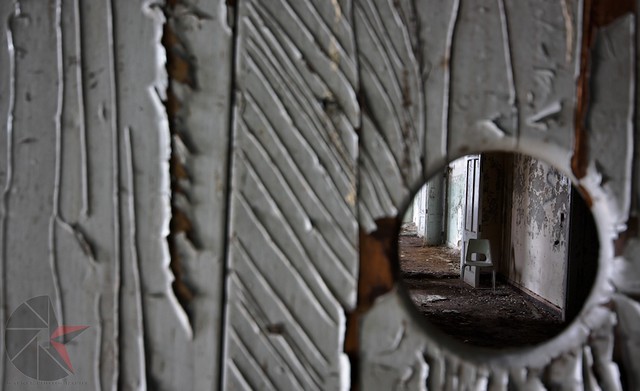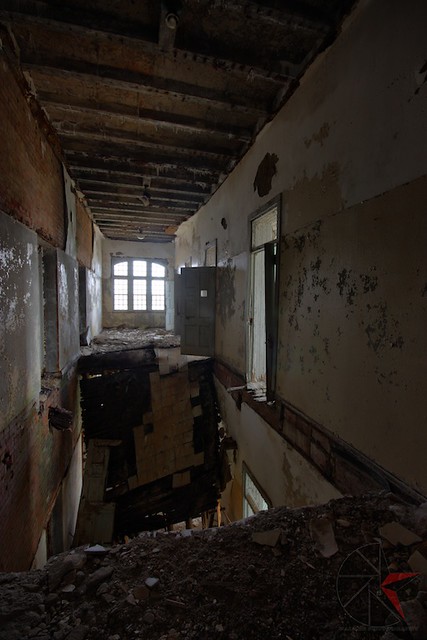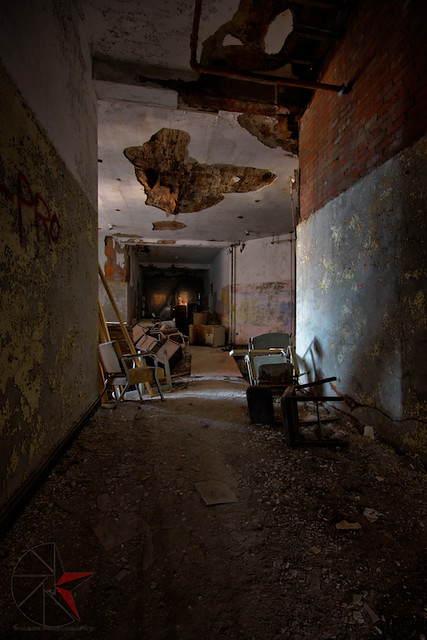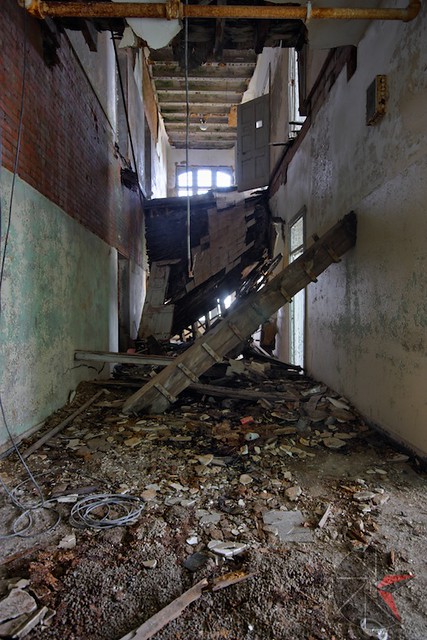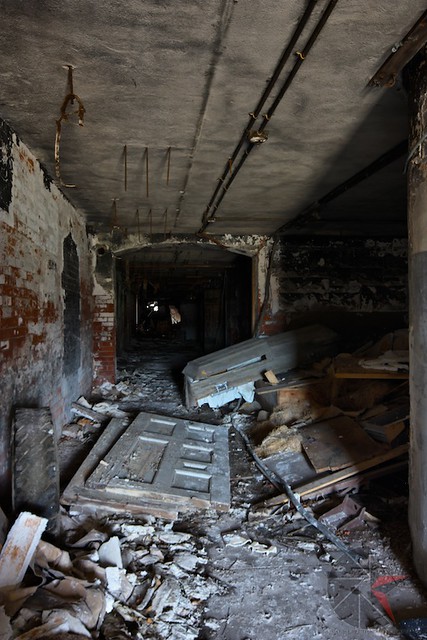Matteawan State Hospital for the Criminally Insane was established in 1892 as the Matteawan State Hospital by an 1892 law (Chapter 81), Matteawan functioned as a hospital for insane criminals. The new hospital confined and treated individuals committed to it by criminal courts and inmates who were declared insane while serving their sentences at State institutions. The Superintendent of State Prisons had control over the hospital.
In 1886, a legislative commission recommended the purchase of the 246-acre Dates Farm in the village of Matteawan for $25,000, or just over $100 per acre. The site was accessible by rail and offered good tillable land, pure water and pleasant scenery between the Hudson River and the Fishkill Mountains An architect was hired to draw plans for buildings with "an abundance of light and ventilation" to accommodate 550 patients. In April 1892, the Asylum for Insane Criminals, with 261 patients, was relocated from Auburn to its new site. The following year, it was renamed Matteawan State Hospital,
But 550 beds were not enough. Seven years later, in 1899, another prison mental hospital was built on the grounds of Clinton. Dannemora would hold male convicts becoming insane while serving their sentences, and had the power to retain them if they remained insane at expiration of their sentences. Matteawan would hold unconvicted males as well as females in both categories.
Except for tighter security, Matteawan functioned the same as the state's civil hospitals. Until the 1950's and thorazine, doctors prescribed the program of "moral treatment" developed in the early 1800's. It consisted of kind and gentle treatment in a stress-free, highly routine environment. Patients who were capable were assigned to a work program (often called "occupational therapy"): cooking, maintenance, farming and making baskets, rugs, clothing and bedsheets.
Patients were given outdoor exercise in the courtyards twice daily and motion pictures were shown weekly. Radios and phonographs were available on the wards. Patients played softball, tennis, bowling, tennis, handball, shuffleboard, volleyball, chess, checkers, cards, gymnastics, ping pong and quoits (similar to horseshoes but with iron rings). At Christmas and other special occasions, there were teas for the women, smokes for the men and "vaudeville entertainments" staged by patients and staff.
By 1949, new treatments had been added to the traditional moral treatment (now called "milieu therapy"). Electric and insulin shock treatments were now being used extensively, hypnosis and group therapy were employed and three lobotomies had been performed.
From Matteawan's opening, the proportion of chronic and dangerous patients - who could never be released - steadily rose, and so did the hospital count. Capacity was gradually increased to about 1,000, but overcrowding continued. In 1949, there were nearly 1,500 men and 250 women.
Outwardly, the madhouse atop Asylum Road was usually quiet. Its most notorious patient was probably George Metesky, the Mad Bomber. But Metesky caused no problems, and after his release lived uneventfully outside the state. Escape attempts offered occasional excitement. In 1933, four patients obtained pistols and held two attendants in a locked ward. State Police were called in and, when one of the patients pointed a gun, he was shot and killed by a trooper.
|
